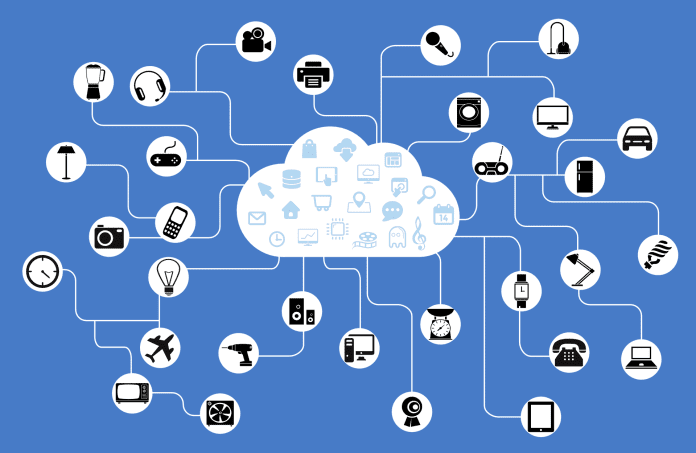More and more enterprises are deciding to embed sensors, connectivity, and compute capabilities into valuable assets and equipment. But deciding to invest in an IoT solution is just the first step. There are several other critical decisions to be made; below we highlight three of the most important.
1. What data do we want? Whether enterprises are connecting turbines or tractors, cargo or cows, the deliverable is almost always some kind of data. Location, position, temperature, output, and environmental conditions can all be measured by different sensors.
Companies need to carefully define the questions they want answered, as well as those they may want answered in the future. Building a system that supports potential future use cases is usually easier than trying to add new sensors and softare to an existing system after it has been deployed.
2. Where will our data be processed? Raw data is much less valuable than data that has been aggregated, analyzed and translated into action items. Some companies can use a shorter range wireless technology like Wi-Fi or Bluetooth to move data from sensors to an intelligent gateway that can process, analyze, and prescribe action.
For deployments that cover a wider area, companies will want to collect and analyze data in the cloud. For this they will need to use cellular networks or a dedicated low-power wide area network.
3. How will we connect our devices? There are lots of choices, but many of the different IoT connectivity technologies end up connecting to cellular gateways, which then send the data to the cloud via cellular networks. Cellular is more widely deployed than any other long range wireless technology, so it will be part of most large-scale IoT deployments.
There are at least five different cellular technologies available to enterprises that want to connect assets to the internet: LTE, 3G, 2G, Category 1 LTE, and Category M1 LTE. In addition, narrowband IoT cellular and 5G are on the horizon.
The choice is less overwhelming that it seems. If the connected devices are sending high bandwidth data, like video or very large files, enterprises will probably want to use 4G with 3G fallback. 2G is for lower bandwidth applications and for projects that are not expected to continue for more than a few years, since U.S. carriers are expected to shutter their 2G networks so that they can re-use the spectrum. (AT&T has already done this.)
Long-term, low bandwidth deployments will probably require Category M1 LTE or Category 1 LTE, both of which have low data rates, inexpensive connectivity modules and lower cost data plans. Category M1 is more affordable than Category 1, but is not yet as widely deployed. AT&T and Verizon Wireless just added Cat M1 technology to their networks this year.
Companies that will use super high bandwidth, low latency applications may want to wait for 5G, especially if their use cases involve real-time data exchanges that can be mission critical. At the other end of the continuum, those that need very low-power, low-cost solutions to connect stationery assets may want to wait for narrowband IoT, which is expected to start rolling out this year.

